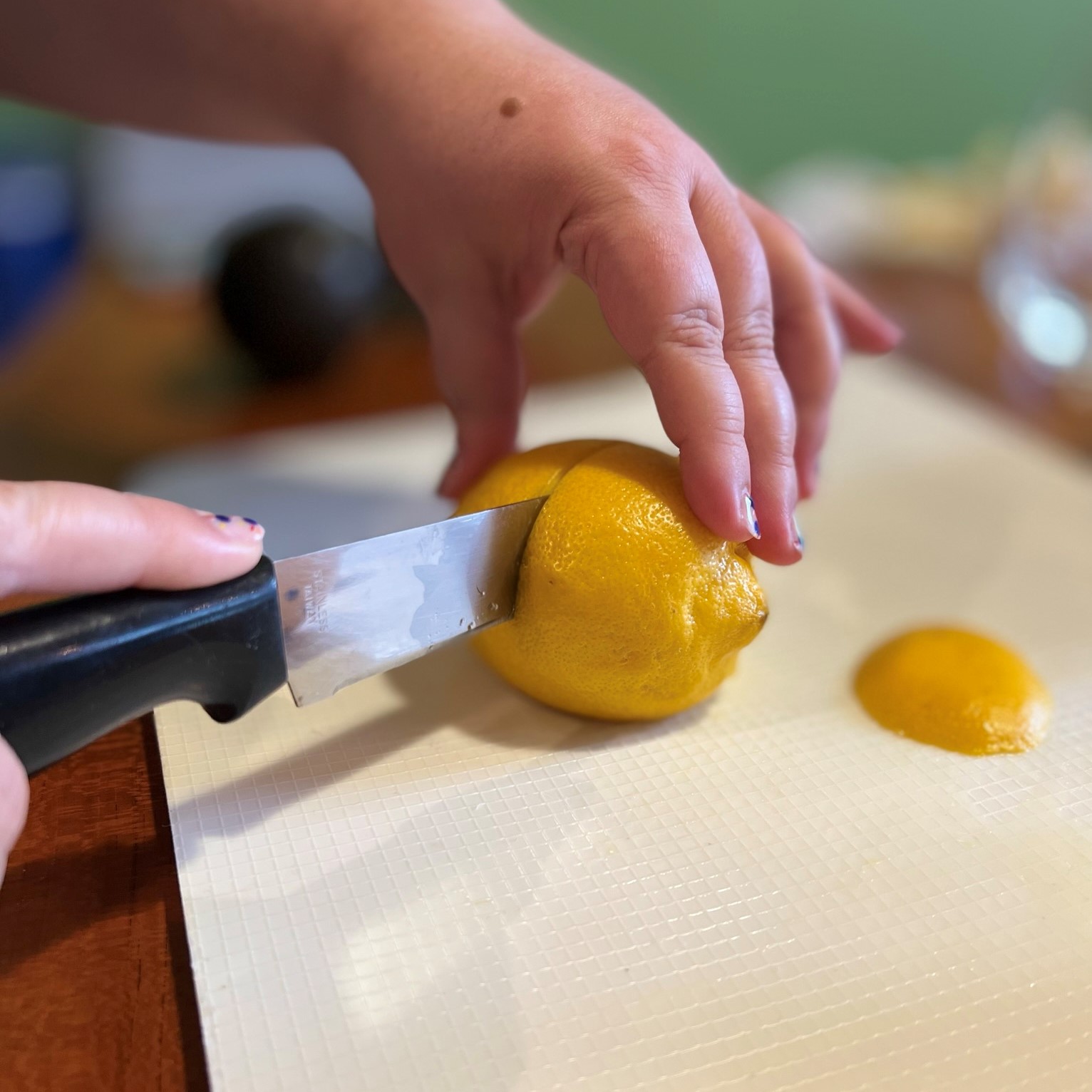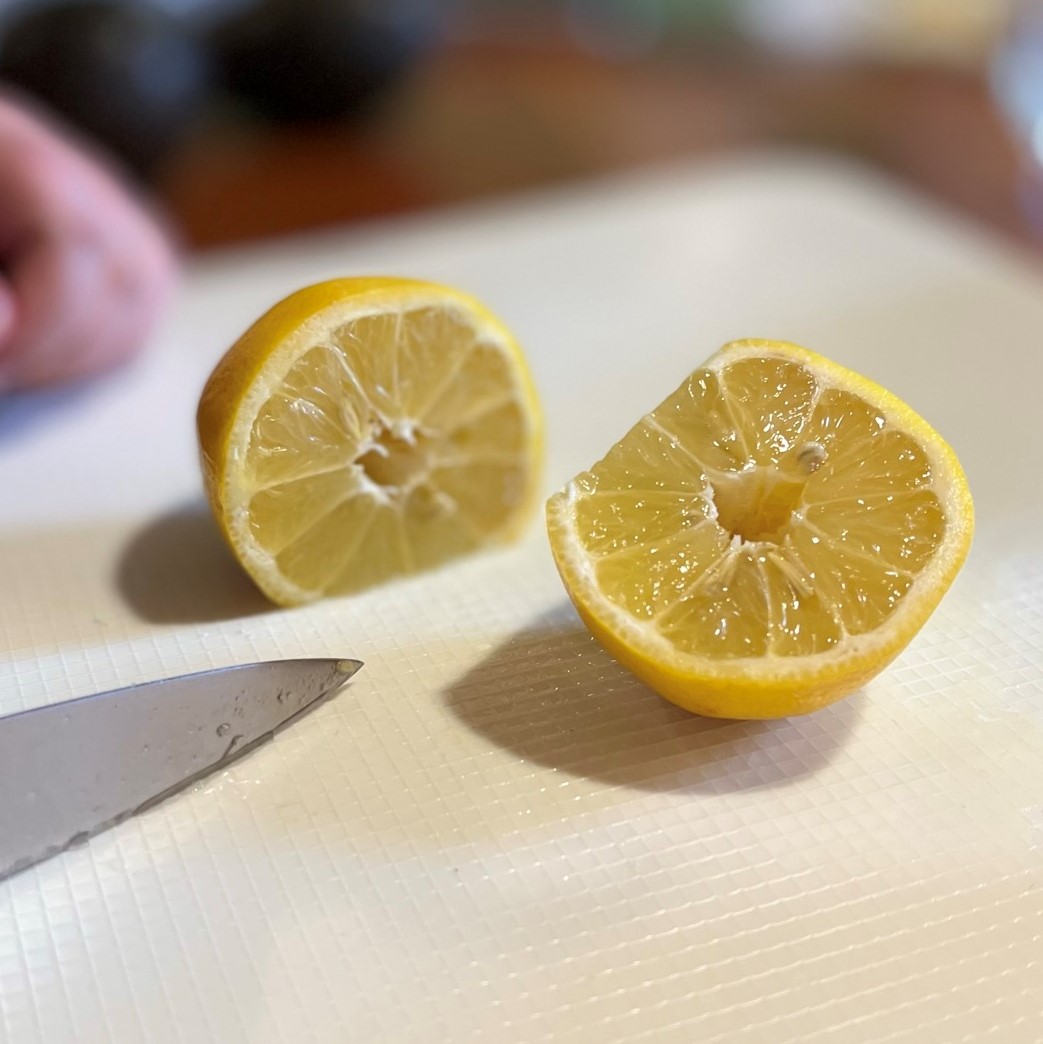How to Safely Cut a Lemon
Thousands of patients are seen by hand surgeons yearly for injuries to their fingers and palm that happened while cutting lemons. Lemons are one of the most versatile ingredients. They can lighten a salad dressing, add a finishing touch to pasta, or provide a perfect pie filling. Cutting a lemon may seem straightforward, but it is worth considering how you can do it safely.
The American Society for Surgery of the Hand recommends the following techniques to avoid injury while still enjoying these bright, sour fruits.
1. Start by holding the lemon in your non-dominant hand. Hold the lemon by one end and cut off the top of the lemon where the stem comes out. Then, turn the lemon around and hold the cut end while you cut off the pointed tail of the lemon. By doing this, you create a flat surface for the lemon to rest on while you make the rest of your cuts.

2. Stand the lemon upright on one of the flat surfaces. The other cut end of the lemon should be facing up.

3. Cut straight down through the lemon to cut in half.

4. Rotate the lemon 90 degrees and make another downward cut to create four equal wedges.

5. If you like smaller wedges, you can set each wedge with the peel-side down on the cutting board. Cut each wedge in half the long way to make skinnier wedges.
1. Start by holding the lemon in your non-dominant hand. Hold the lemon so it is standing up on its stem. Make a downward cut on one side of the lemon so the peel comes off and you can see the flesh of the lemon on the inside.

2. Place the lemon with the cut side down on the cutting board. This flat surface prevents the lemon from rolling around.

3. Hold the lemon on one end and cut in half.

4. Use a lemon juicer or squeeze each half of the lemon to extract the juice.
The American Society for Surgery of the Hand recommends the following techniques to avoid injury while still enjoying these bright, sour fruits.
- Cut AWAY from your hand
- Use a cutting board or place the lemon down on a flat surface
- Put your fingernails into the rind instead of holding it in your palm or fingertips
Cutting a lemon into wedges:
2. Stand the lemon upright on one of the flat surfaces. The other cut end of the lemon should be facing up.
3. Cut straight down through the lemon to cut in half.
4. Rotate the lemon 90 degrees and make another downward cut to create four equal wedges.
5. If you like smaller wedges, you can set each wedge with the peel-side down on the cutting board. Cut each wedge in half the long way to make skinnier wedges.
Getting juice out of a lemon:
2. Place the lemon with the cut side down on the cutting board. This flat surface prevents the lemon from rolling around.
3. Hold the lemon on one end and cut in half.
4. Use a lemon juicer or squeeze each half of the lemon to extract the juice.
Find a hand surgeon near you
Using this search tool means you agree to the user agreement and disclaimer.